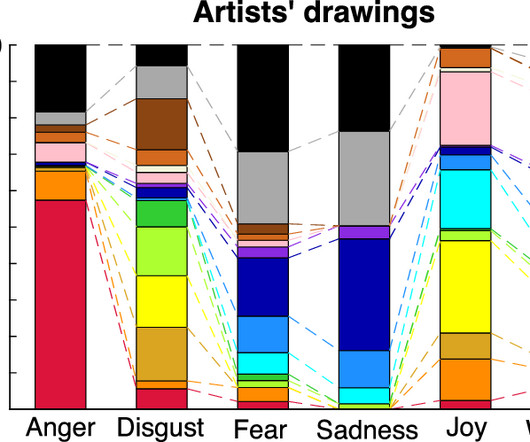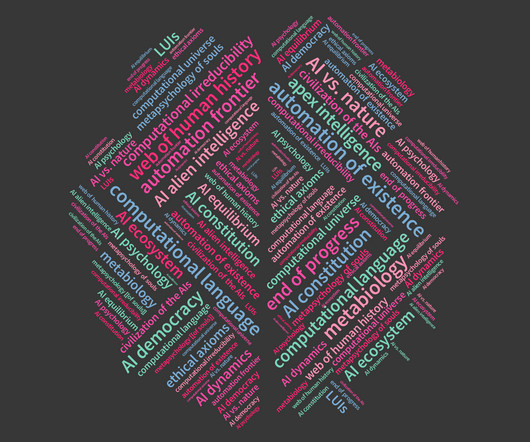Are there ‘rules’ for conveying emotion through art?
Futurum
SEPTEMBER 26, 2023
I experienced collaborations between biology, engineering and social sciences with a playful attitude. For my PhD, I switched to information processing in biological systems, and have been fascinated by how the brain interprets sensory information ever since. My PhD in computational and neural systems was a formational time.











Let's personalize your content